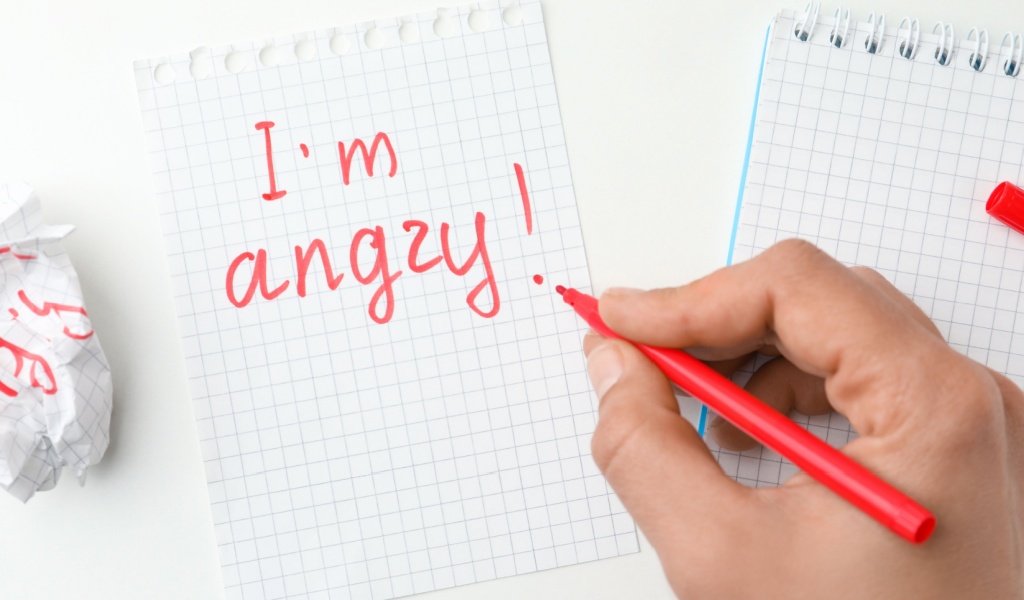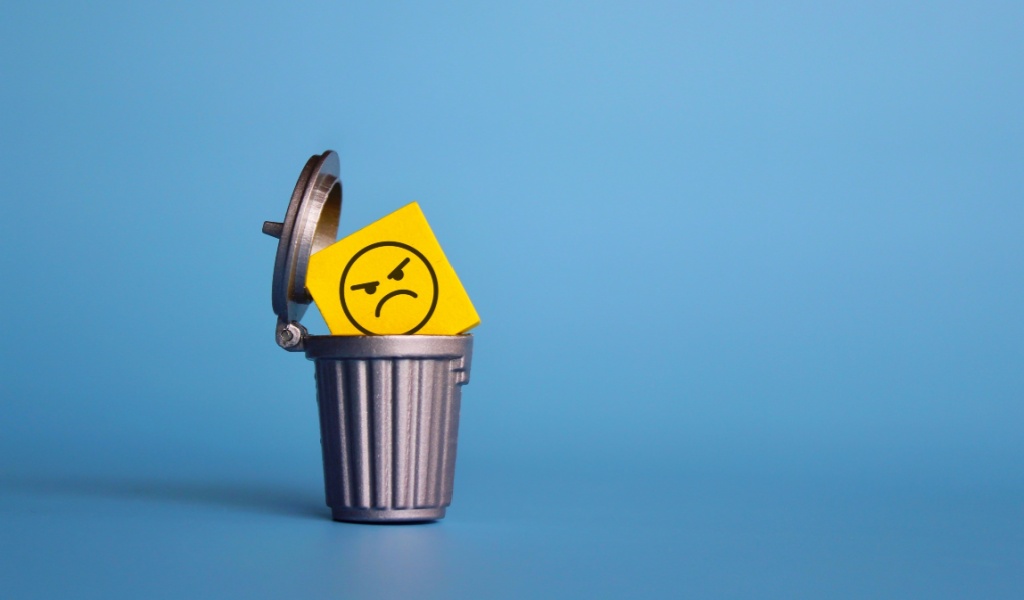Do you remember those gut-wrenching, pulse-racing, and brain-burning moments in life?
Family issues, political debates, or even a slow Wi-Fi connection can trigger rage. We’ve all been there, so we know how it feels. Traditional methods suggest venting anger by screaming, punching a cushion, or running wildly. However, recent studies recommend a more effective and elegant way to handle these outbursts: write down your anger on paper and then discard it.

The Experiment: A Cool Breeze in the Storm
In April 2024, cognitive science experts at Nagoya University in Japan unveiled a straightforward technique for managing anger. Let’s take a look at how it works:
- You feel wronged by someone, either at the office, in a romantic relationship, or by a stranger.
- You write down your feelings on a piece of paper.
- You tear it, crumple it, or throw it into the dustbin.
- And boom! Your anger sometimes fades, and you can return to being calm and peaceful.
In these experiments, participants who disposed of their paper felt their rage subside, while those who kept it experienced little to no relief. According to chief researcher Nobuyuki Kawai, the team was amazed: “We were shocked how anger was eliminated almost completely,” they said.
What’s the Scientific Basis of This Technique?
This method harkens back to a Japanese cultural tradition known as “hakidashisara,” where people break small plates carved with the things they dislike to release their anger. Breaking the plate signifies their rage. On a psychological level, scholars recommend the concept of “backward magical contagion”: the idea that conveys the notion that destroying an item associated with negative emotions symbolically removes the emotion itself.
It’s similar to a symbolic reset: discard the note, discard the feeling.
It’s More Than Just Armchair Philosophy
Many media publications covered the study, including Neuroscience News, People, and The Guardian, all of which supported the conclusion that disposal is a game-changer. Psychology columns gave the label “Write It Down, Throw It Away,” calling it a quick and efficient hack for daily life.
It can be ideal for:
- Annoyed office employees who are having a meltdown in the middle of a meeting
- Parents losing their temper over wet towels on the bed or sibling arguments
- Anyone tired of traffic, constant notifications, or news overload
Only Writing Isn’t Sufficient Always
Of course, there are already many benefits to writing. According to research from UCLA, simply writing out your feelings, such as “I’m angry,” rather than thinking about them, actively calms the brain’s alarm center, the amygdala, and activates the prefrontal cortex, which acts as an emotional brake pedal.
However, research demonstrates that expressive writing alone can be helpful, but when combined with disposal, it delivers a significant impact on anger.

The “Write & Throw” Method: How to Do It Correctly
- Take a pen and a piece of paper, such as a notebook page or scrap paper.
- Express clearly. “I’m angry that my colleague took credit for my work,” or “Dad never helps me with school work.”
- Dispose of it attentively: tear it and throw it away. Just watch it go.
- Pause and breathe to feel the change in tension.
- Reflect on it afterward to enjoy the mental reset, or write down a new, peaceful idea if you like.
Why Other Techniques for Managing Anger Can Sometimes Backfire
Physiological arousal can be raised by popular anger management methods such as punching bags, smashing plates, or engaging in strenuous exercises. According to science, “building up the steam might blow the roof off, not calm it.” Instead, methods that reduce physiological arousal, such as yoga, mindfulness, and deep breathing, are considered more effective and soothing.
On the other hand, writing and discarding your unsavory thoughts lowers emotional arousal and eases the restoration of calmness. It’s also fast, easy, and portable because all you need is a pen, paper, and a trash can.
Key Facts and Criticisms
While there are many purported benefits to writing down your simmering thoughts and discarding them, the science behind this practice has been questioned by some. Some of the key criticisms are:
- Most studies rely on self-reported emotions, which are subjective but consistently reproducible.
- Sample groups mainly consist of younger students and office employees.
- The long-term consequences and the response to deep layers of trauma are unknown.
Nonetheless, it’s a low-risk, inexpensive tool that helps us to cope well, so what’s the harm in trying?
Is It Possible to Do It Digitally?
Scientists ponder whether typing and deleting on a phone replicates the result. However, paper feels more secure, analytics-free, and tangible.
An Easy Trick for Daily Fury
Anger is powerful; it signifies injustice and can motivate change. However, if ignored, it can damage relationships, health, and sanity. The “write & throw” technique combines mental clarity with symbolic release—no yelling, no gym outbursts— just a few words and then the flush.
So, the next time you feel angry, let your pen work its magic. Write it down, let it go, and restore peace with a simple toss. It’s straightforward, research-supported, and calming. And your calm self might thank you for it!



